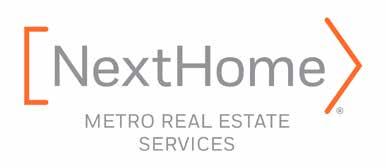


509 W 10th St
MN, 56267
201 11th St N
8725 SW 37th Ave
9th Ave




509 W 10th St
MN, 56267
201 11th St N
8725 SW 37th Ave
9th Ave
HUD MAKES $150 MILLION AVAILABLE FOR AFFORDABLE HOUSING IN TRIBAL COMMUNITIES
HUD MAKES $26 MILLION AVAILABLE TO PROMOTE FAIR HOUSING AND ROOT OUT DISCRIMINATION
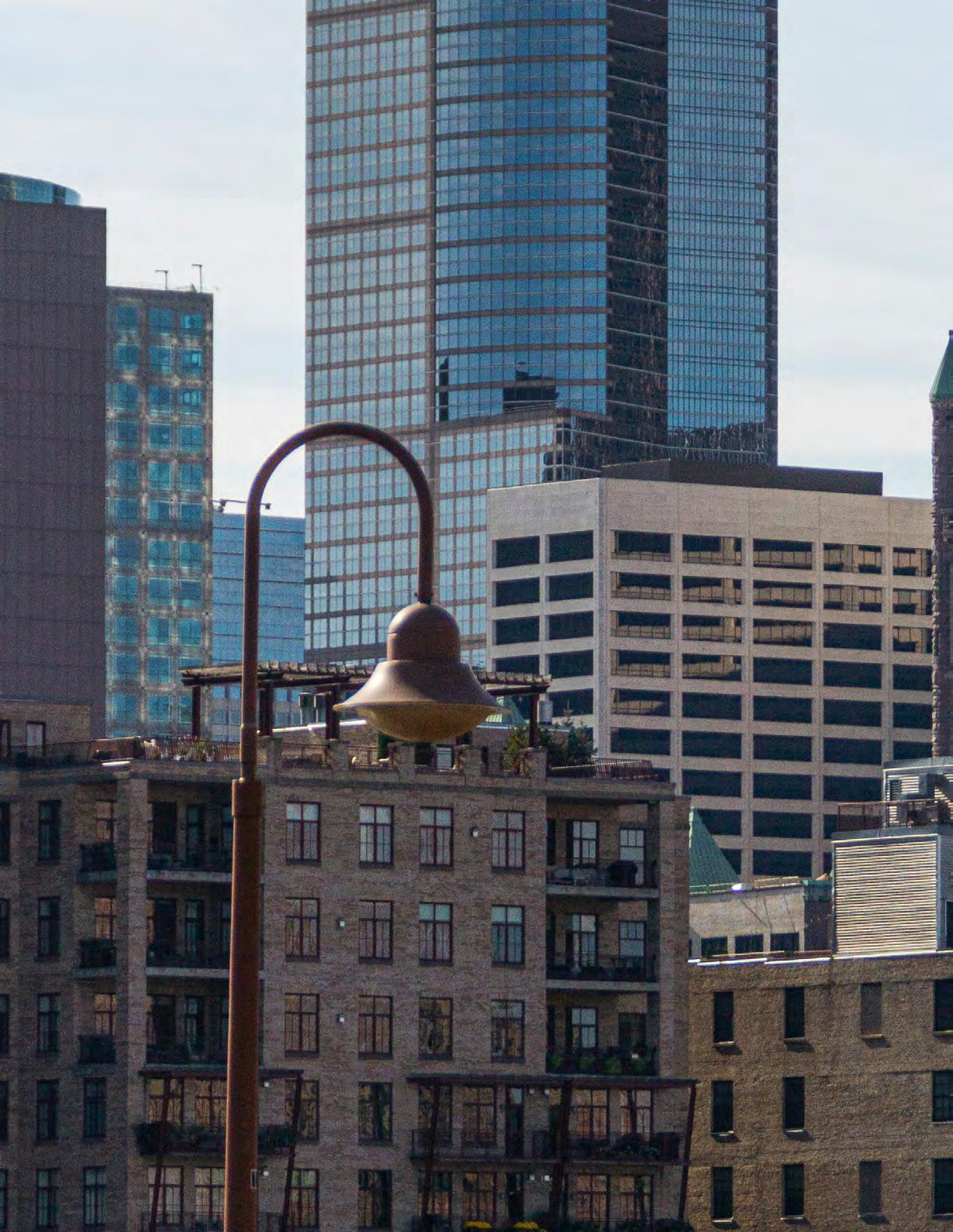
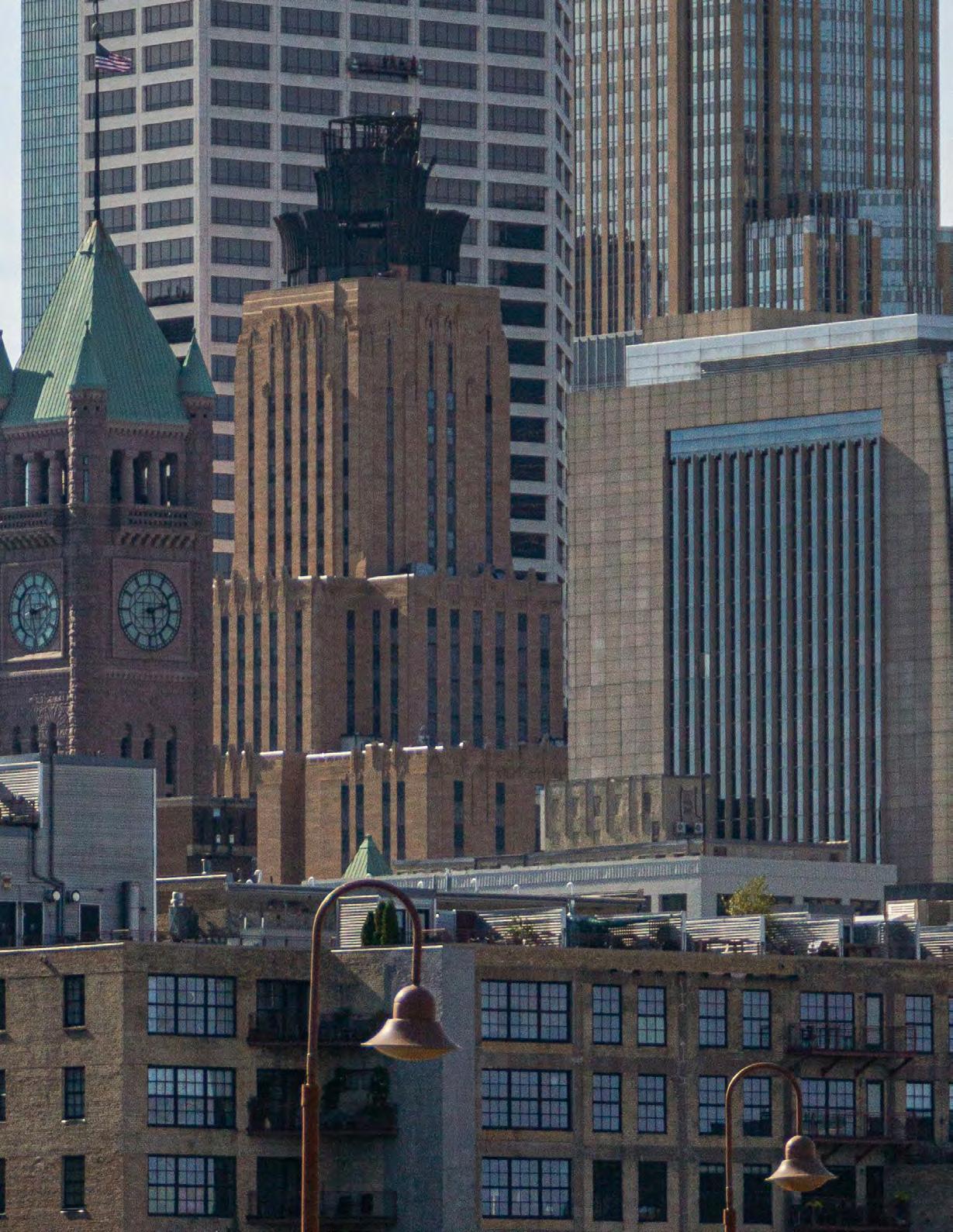



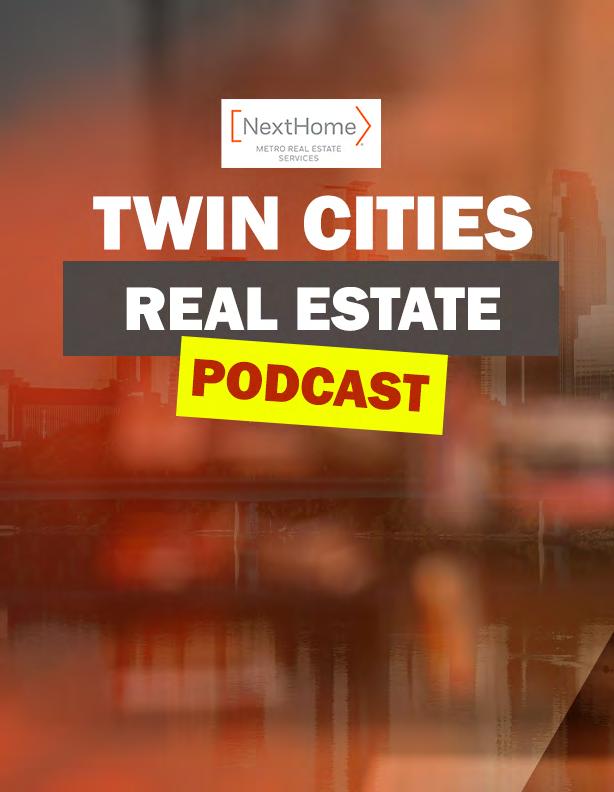








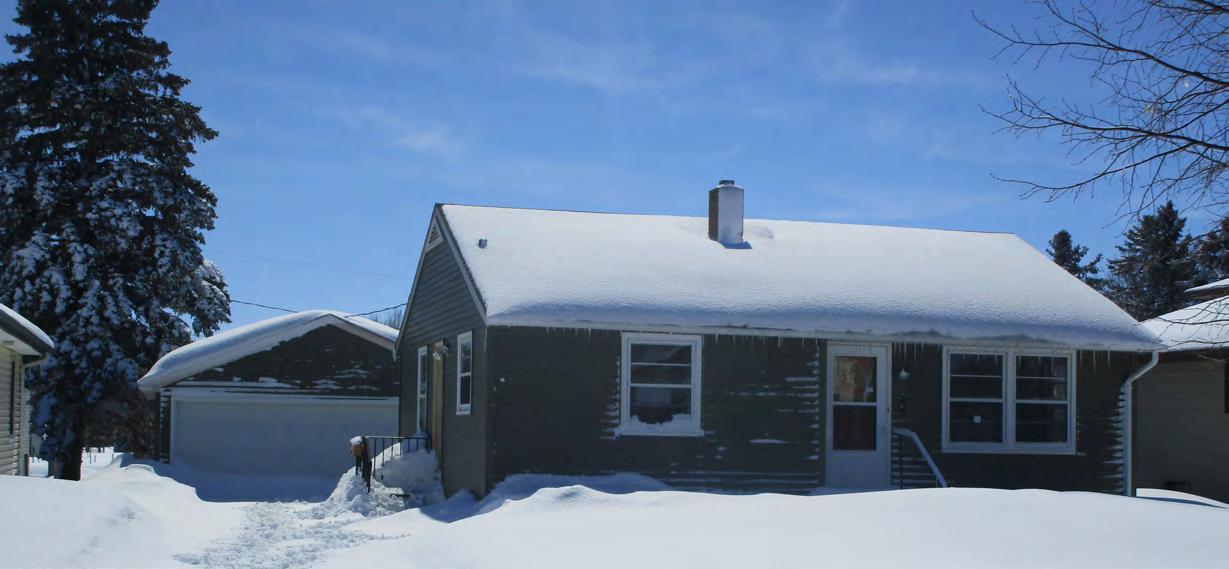



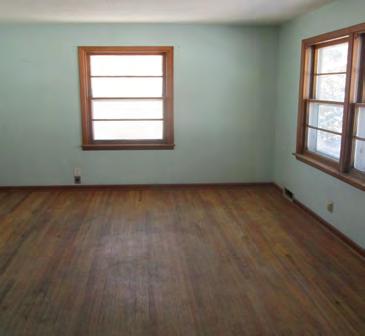
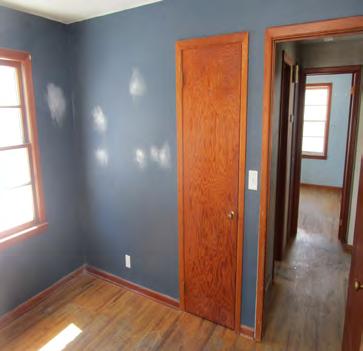

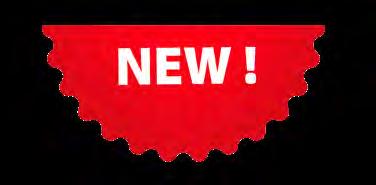


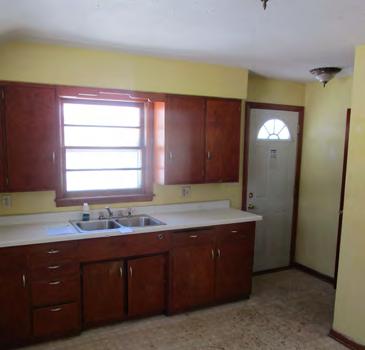
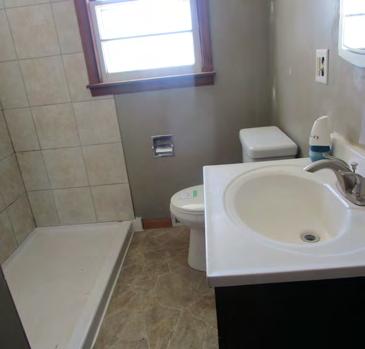
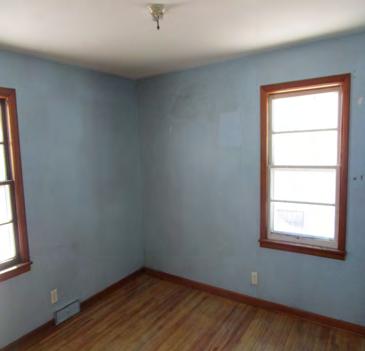
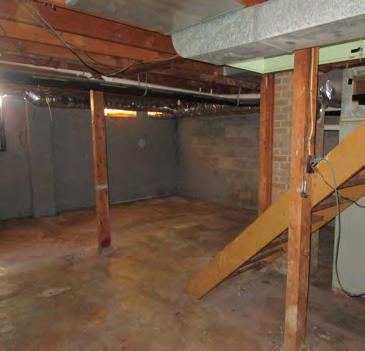



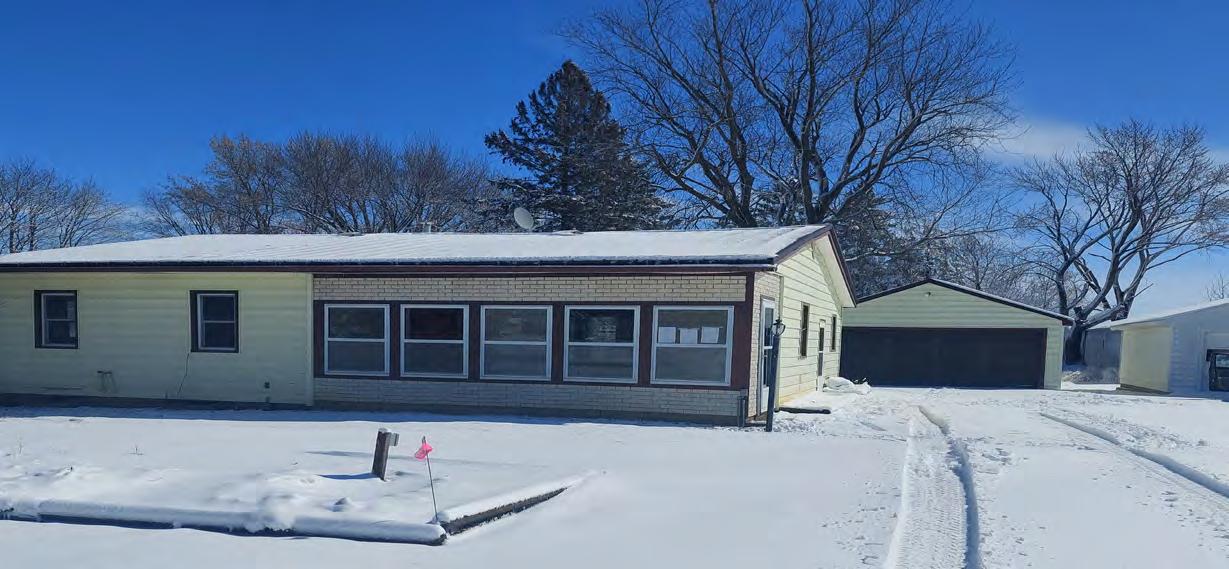



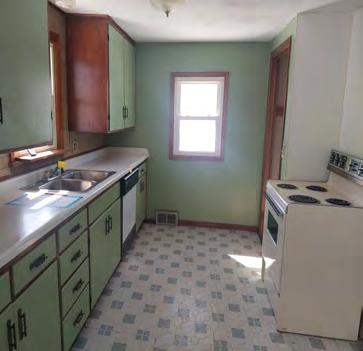
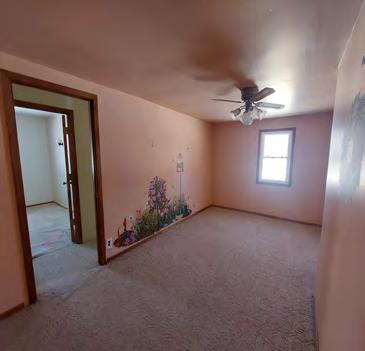



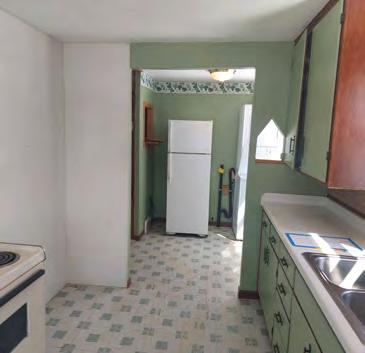
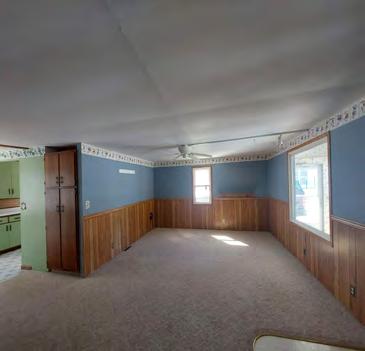

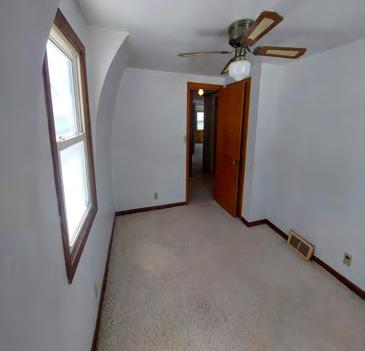







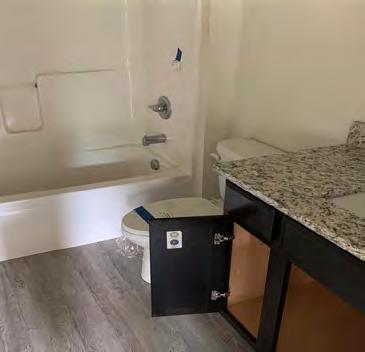
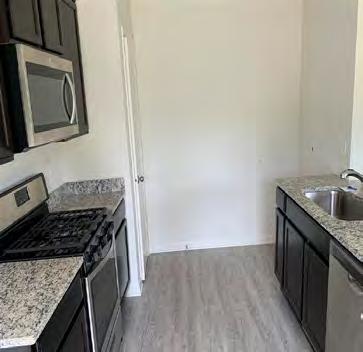




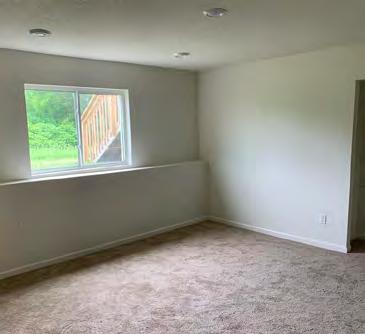
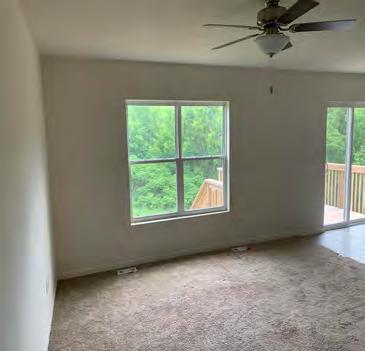
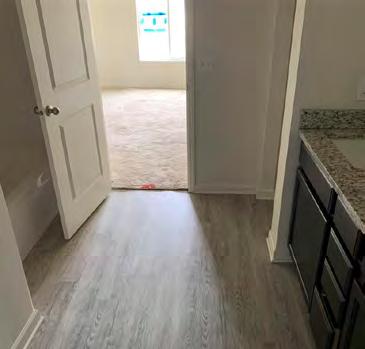
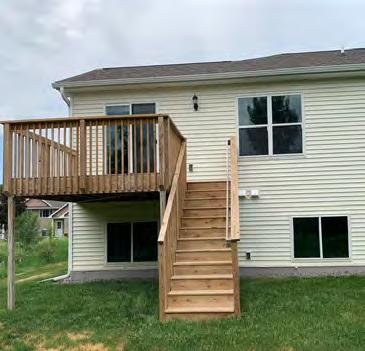



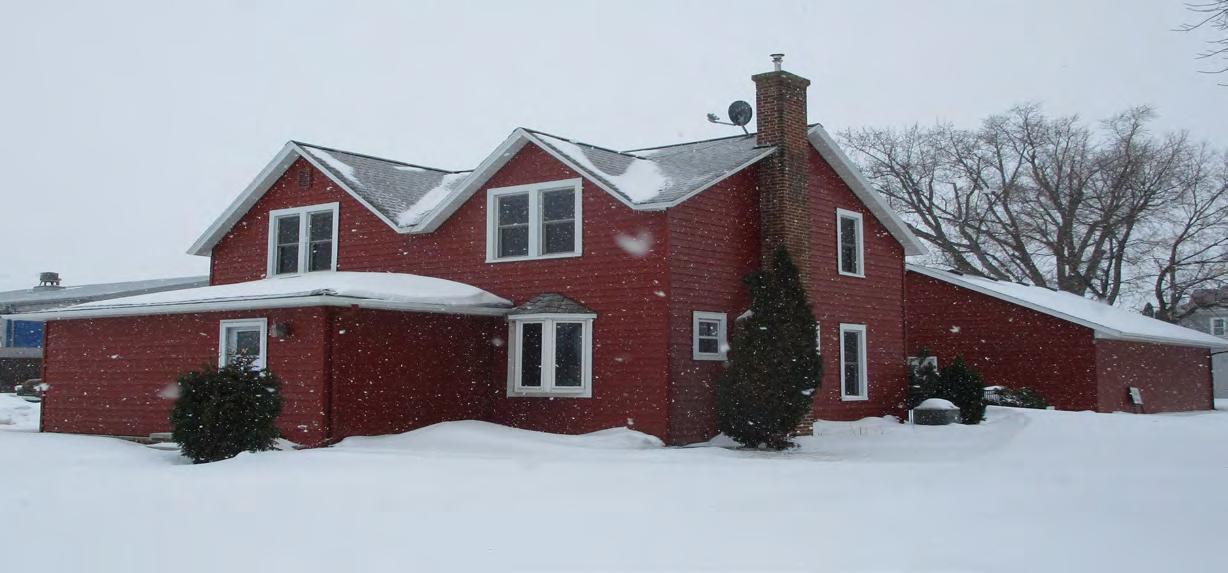



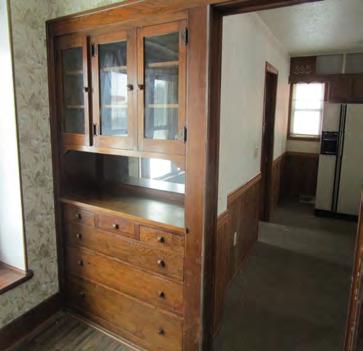
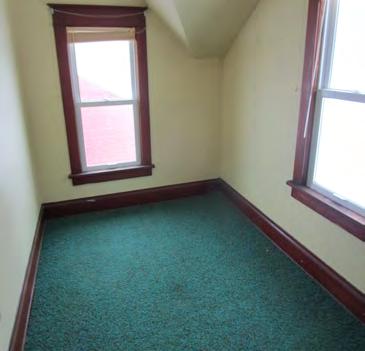




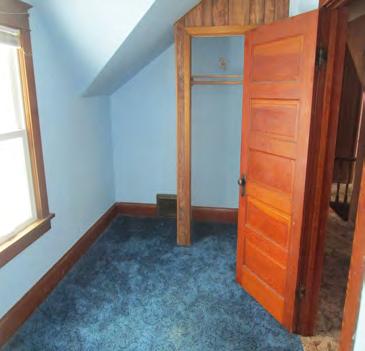
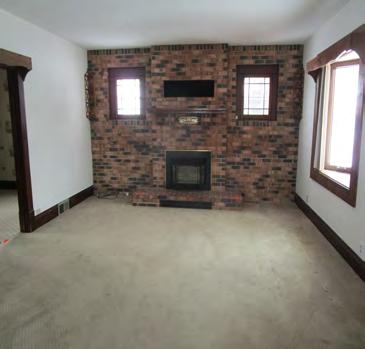
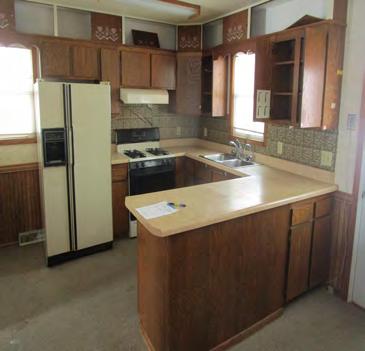


In the heart of the Midwest, the Twin Cities area stands as a beacon of opportunity for prospective homeowners. The allure of Minneapolis and St. Paul, with their vibrant culture, robust economy, and scenic beauty, is undeniable. Yet beyond these surface qualities lies a deeper value found in the act of homeownership within this region—a decision that carries with it a plethora of benefits, both tangible and intangible. This blog aims to delve into the myriad advantages of owning a home in the Twin Cities, offering insights that extend beyond the mere acquisition of property to encompass the enrichment of personal and community life.
One of the foremost benefits of homeownership in the Twin Cities is the contribution it makes to an individual’s economic stability. Homeownership is not just about having a roof over one’s head; it’s an investment in one’s future. The Twin Cities market has historically shown steady appreciation in home values, making the purchase of a home here a wise long-term investment. Additionally, being a homeowner allows individuals to build equity over time, which can serve as a financial bedrock for future plans and aspirations.
2. Tax Benefits and Savings
Navigating the world of taxes can be daunting, yet homeowners in the Twin Cities have the advantage of accessing several tax benefits. Property owners can deduct mortgage interest and real estate
taxes from their annual tax obligations, providing significant savings. These incentives not only make homeownership more affordable in the short term but also contribute to long-term financial health.
Owning a home offers an unparalleled level of personal freedom and space for self-expression. Unlike renting, homeowners in the Twin Cities have the liberty to customize their living spaces to reflect their personal style and needs without the constraints often imposed by landlords. This freedom extends from interior decorations to significant renovations and expansions, empowering individuals to create their ideal living environment
Homeownership fosters a strong sense of belonging and community. By investing in a property, homeowners become integral parts of their neighborhoods, contributing to local stability and community development. This sense of belonging can enhance personal well-being and foster connections among neighbors, leading to safer, more cohesive communities.
The Twin Cities are renowned for their excellent educational institutions, from primary schools to universities. Homeownership in this area ensures access to quality education, providing a solid foundation for children’s futures. The stability of staying in one location also means children can build lasting friendships and remain within consistent educational frameworks, which is beneficial for their academic and social development.
The correlation between homeownership and health is profound. Homeowners often experience a greater sense of security and satisfaction, which can positively impact mental health. Additionally, owning a home in the Twin Cities allows for a lifestyle that includes access to outdoor activities, community resources, and a generally higher standard of living, all of which contribute to physical and mental well-being.
Beyond the immediate benefits, homeownership in the Twin Cities is an investment in the future. It provides a sense of security and stability that renting cannot match, offering a safe haven for families to grow and plan for the future. Moreover, the equity accumulated in a home can serve as a crucial financial resource for other significant life events, such as education, retirement, or starting a business.
In conclusion, the journey toward homeownership in the Twin Cities is laden with advantages that go beyond the surface. It’s an investment that pays dividends not only in financial terms but in the enrichment of one’s quality of life. From economic stability and tax benefits to personal freedom, community engagement, and beyond, the benefits of owning a home in this vibrant area are manifold. As we reflect on these insights, it becomes clear that homeownership in the Twin Cities is not just about acquiring property; it’s about laying down roots in a community that offers endless possibilities for growth, connection, and personal fulfillment. In embracing homeownership, individuals open the door to a future filled with opportunity, stability, and prosperity.
Whether you’re ready to start your home search or simply have questions about living in Minneapolis or Saint Paul, Francine is here to help. Connect with Francine Marsolek today by calling her at (612) 868-9344 or (651) 797-4219, visiting our website at NHMRES.com, or emailing her at Francine@nhmres.com. Reach out today and take the first step towards making your dream home a reality in the Twin Cities. service. Don’t wait—your perfect Prescott home awaits!







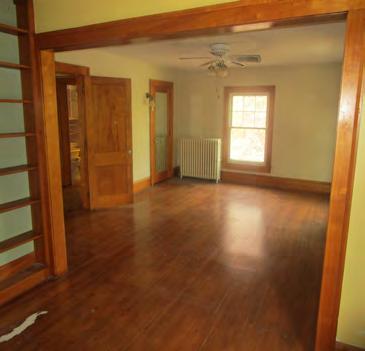




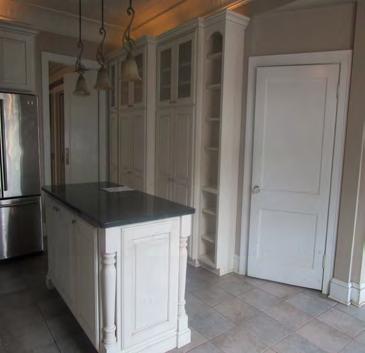
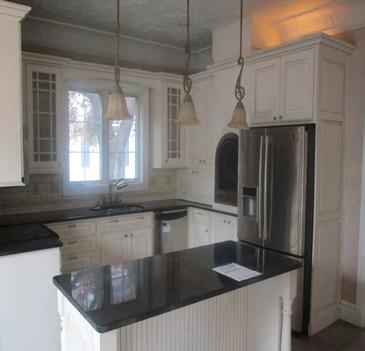
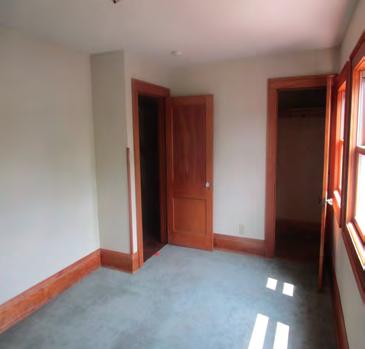
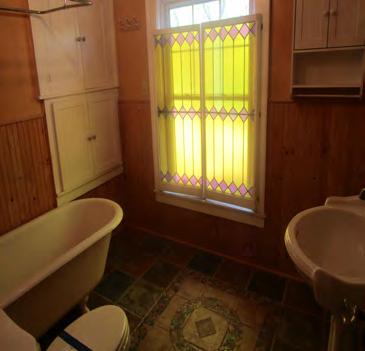


Answer : Read our section on how to buy a HUD home. Then look at the listings of HUD homes available. If you find a home that interests you, you’ll need to contact a HUD-approved real estate broker (most brokers are HUD-approved), who can submit a bid for you. Successful bids are posted right on the page for your state.
For more information, you may also contact our FHA Resource Center by email at answers@hud. gov or by phone at (800) CALLFHA
Answer : You can see lists of HUD homes for sale right on our web page. In addition, we link to listings of homes being sold by other federal agencies. You can even get directions to the properties that interest you, see their locations on a map, and find out what schools are in the area.
Answer: Helping people become homeowners is one of the most important things HUD does. Here are some suggestions:
• Start by reading our “homebuyer’s kit ”- particularly the part about the federal mortgage programs that can help people buy homes. HUD’s FHA has many mortgage insurance programs that can help first-time homebuyers. Also, be sure to read about buying a HUD home - they can be very good deals!
• Contact one of the HUD-approved housing counseling agencies. They can help you sort through your options.
• Call your local office of housing and community development or your mayor’s office to see if there are any local homebuying programs that could help you.

Nestled in the heart of the Midwest, the Twin Cities of Minneapolis and St. Paul stand as a testament to economic resilience and diversification. This vibrant metropolitan area, known for its rich cultural tapestry and bustling business environment, offers a unique lens through which we can explore the intricate relationship between corporate growth and real estate dynamics. As home to a remarkable concentration of Fortune 500 companies, the Twin Cities presents a compelling case study on how a diversified economy shapes its real estate market. This blog explores the economic landscape of Minneapolis-St. Paul, highlighting the pivotal role played by these corporate giants and their profound impact on local real estate trends.
At the core of the Twin Cities economic vibrancy are numerous Fortune 500 companies that span a wide array of industries, from retail and healthcare to manufacturing and financial services. Esteemed names such as UnitedHealth Group, Target, Best Buy, and 3M have established their headquarters in this region, not only bolstering employment rates but also stimulating ancillary businesses and services. The presence of these corporations has created a stable economic environment, fostering job growth and attracting talent from across the nation and beyond.
The economic stability and growth fueled by these corporations have had a multifaceted impact on the Twin Cities real estate market. Here, we explore several key areas influenced by this corporate presence:
1. Commercial Real Estate Demand: The expansion and consolidation of corporate headquarters and offices in Minneapolis-St. Paul has driven up demand for commercial real estate. This demand encompasses a broad spectrum, from premium office spaces in downtown areas to industrial facilities on the outskirts of the cities. The resultant effect is not just an increase in commercial property values but also a spur in construction and development projects aimed at accommodating the growing needs of these conglomerates.
2. Residential Market Growth: The influx of professionals and their families seeking employment opportunities within these Fortune 500 companies has significantly boosted the demand for housing. This has led to a dynamic residential market characterized by diverse housing options, from urban apartments to suburban single-family homes. The sustained job market buoyancy has, in turn, supported a robust housing market, with appreciating home values and a competitive rental sector.
3. Retail and Services Expansion: With an increase in the workforce and disposable income, there has been a notable expansion in the retail and services sector. This includes everything from upscale dining and shopping districts to essential services catering to the growing population’s daily needs. The economic stimulus the Fortune 500 companies provided has thus permeated various facets of the local economy, creating a vibrant ecosystem supporting a thriving real estate market.
4. Infrastructure and Transportation Development: The economic growth spurred by these corporations necessitates enhanced infrastructure and transportation networks to support the increasing population and business activities. Investments in public transportation, road improvements, and utility upgrades are essential to sustaining growth and ensuring the efficient functioning of the metropolitan area. This, in turn, positively impacts real estate by making the Twin Cities more accessible and appealing to both businesses and residents.
5. A Magnet for Talent and Investment The economic diversity and stability provided by
these corporations make the Twin Cities an attractive destination for talent and investment. This has a cascading effect on the real estate market, as higher demand for housing leads to a vibrant construction sector. New developments, whether residential complexes, condos, or single-family homes, are continually added to the landscape to accommodate the growing population and their varied preferences.
The Twin Cities of Minneapolis-St. Paul stands as a testament to the transformative power of economic diversification. The synergy between the Fortune 500 companies and the real estate market underscores a dynamic ecosystem where economic growth and housing trends are inextricably linked. For those considering making their home in the Twin Cities, or investors looking to tap into a robust market, understanding this interplay is crucial. As the economic landscape of Minneapolis-St. Paul continues to evolve, and so too will its real estate market, offering new opportunities and challenges alike. In this ever-changing environment, the only constant is the promise of growth and innovation potential, making the Twin Cities a compelling place to live, work, and invest.
Are you contemplating a move to the Twin Cities, or perhaps you’re in the early stages of your home search in Minneapolis or Saint Paul? Francine Marsolek is your go-to resource for all things related to real estate in this dynamic region. With a deep understanding of the local market and a commitment to helping you find your dream home, Francine is ready to assist you every step of the way. Don’t hesitate to reach out to Francine Marsolek today by calling (612) 868-9344 or (651) 797-4219. You can also visit her website at NHMRES.com or send an email to Francine@ nhmres.com for more information. Take that first step towards your new home in the Twin Cities with Francine Marsolek by your side.
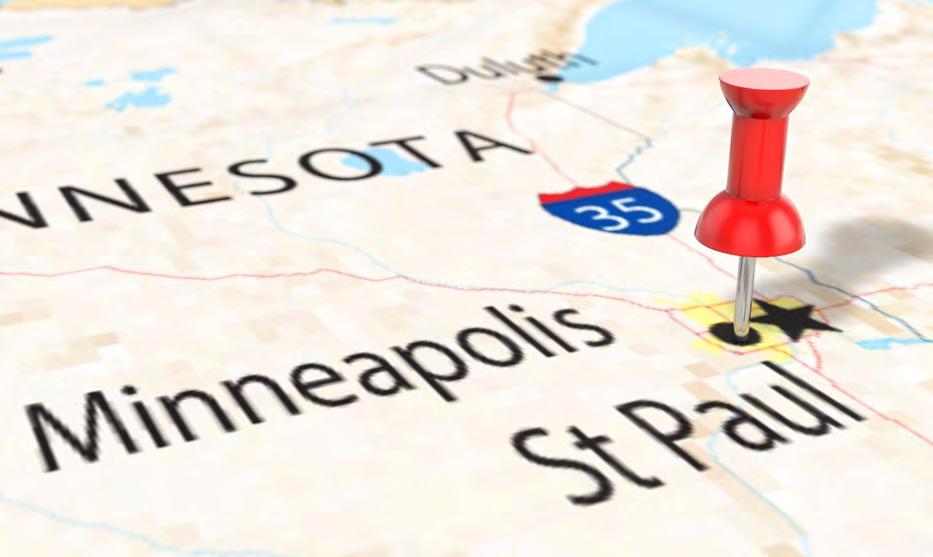
Located along the banks of the mighty Mississippi River, Minneapolis, and Saint Paul, collectively known as the Twin Cities, stand as two of the most vibrant urban centers in the Midwest. Each city boasts its own unique charm and character, making the choice between the two a matter of personal preference based on various factors including housing affordability, amenities, school districts, and lifestyle offerings. This blog aims to shine a light on these two illustrious cities, offering a detailed comparison to help potential residents determine which city aligns best with their aspirations and lifestyle.
Minneapolis: Known for its dynamic urban environment, Minneapolis offers a diverse housing market that caters to a wide range of preferences, from sleek downtown condos to charming bungalows in residential neighborhoods. Generally, the housing prices in Minneapolis tend to be on the higher side compared to Saint Paul, reflecting the city’s strong demand driven by its robust job market and vibrant cultural scene. However, for those seeking the buzz of city life combined with the comforts of home, Minneapolis presents an attractive proposition.
Saint Paul: Saint Paul, with its rich history and slower pace, offers a more affordable housing market. The city’s neighborhoods are replete with Victorian-era homes and historic buildings, providing a unique living experience. The lower housing costs in Saint Paul make it an appealing option for families, first-time homebuyers, and individuals seeking a more laid-back urban environment. The blend of affordability and character makes Saint Paul a hidden gem in the real estate market.
Minneapolis: Minneapolis is a haven for outdoor enthusiasts and culture vultures alike. The city’s extensive park system, including the famed Chain of Lakes, offers endless recreational opportunities, from biking and walking trails to water sports. Additionally, Minneapolis is renowned for its thriving arts scene, encompassing a wide array of museums, theaters, and live music venues. The culinary landscape is equally impressive, with a plethora of dining options ranging from food trucks to high-end restaurants.
Saint Paul: Saint Paul takes pride in its deep-rooted cultural heritage, reflected in its myriad of festivals, historic sites, and museums. The city’s slower pace does not detract from its vibrant arts and music scene, with numerous theaters and galleries dotting its landscape. Saint Paul also boasts its own set of green spaces and parks, providing residents with a tranquil escape from urban life. The city’s culinary scene is rich with diverse cuisines, offering everything from cozy cafes to ethnic eateries.
School Districts and Educational Opportunities
Minneapolis: The education landscape in Minneapolis is as varied and vibrant as the city itself. The Minneapolis Public School system is recognized for its dedication to providing a rich educational experience, emphasizing diversity and inclusivity. Schools such as South High School and Washburn High School have garnered acclaim for their strong academic programs and extracurricular offerings. Beyond the public school system, Minneapolis is home to several charter and private schools, offering specialized curriculums to meet the varied interests and needs of students. For those pursuing higher ––education, the University of Minnesota, Minneapolis, stands as a beacon of research and innovation, offering a wide array of undergraduate and graduate programs.
Saint Paul: Education in Saint Paul is deeply rooted in the community, with the Saint Paul Public School district leading the charge in innovative and personalized learning approaches. Schools like Central High School and Como Park Senior High School are celebrated for their commitment to academic excellence and community engagement. Saint Paul also offers a variety of charter and private school options, including institutions with specific educational focuses, such as language immersion and STEM. Higher education is well-represented in Saint Paul, with prestigious institutions such as Macalester College and the University of St. Thomas offering comprehensive programs in a range of disciplines, fostering the next generation of leaders and thinkers.
Making the Choice: Lifestyle, Preferences, and Priorities
Deciding between Minneapolis and Saint Paul ultimately boils down to individual preferences and lifestyle choices. For those drawn to a bustling urban atmosphere with a rich tapestry of cultural and recreational activities, Minneapolis may be the ideal choice. Its vibrant nightlife, extensive park system, and dynamic arts scene offer a stimulating environment for city dwellers.
Conversely, Saint Paul appeals to those who cherish a sense of community and a slower pace of life without sacrificing urban conveniences. The city’s historic charm, coupled with its affordable housing and commitment to education, makes it a nurturing environment for families and individuals alike.
Minneapolis and Saint Paul, each with their distinct personalities and offerings, stand as testaments to the diverse living experiences available within the Twin Cities. Whether you’re attracted to the energetic pulse of Minneapolis or the quaint charm of Saint Paul, both cities offer a rich quality of life and a welcoming community. As you contemplate your next move, consider not only the tangible factors like housing affordability and school districts but also the intangible qualities that make a place feel like home. In the end, the best choice is the one that aligns with your lifestyle, values, and dreams for the future.
Whether you’re ready to start your home search or simply have questions about living in Minneapolis or Saint Paul, Francine is here to help. Connect with Francine Marsolek today by calling her at (612) 868-9344 or (651) 797-4219, visiting our website at NHMRES.com, or emailing her at Francine@nhmres.com. Reach out today and take the first step towards making your dream home a reality in the Twin Cities.

The Twin Cities real estate market is one that has seen significant growth and change over the years. From the housing crash of 2008 to a recent surge in home prices, the market has been through its fair share of ups and downs. As we look towards the future, it’s important to examine the current state of the market and make predictions for what may come in the next few years. In this blog post, we’ll delve into the current state of the Twin Cities, Minnesota real estate market and make projections for the year 2024.
Certainly, let’s dive a bit deeper into each point for a more thorough understanding while maintaining a concise format:
• Average Home Value in Minneapolis: The market has seen homes appreciate to an average value of around $302,690, with a year-over-year growth of 1.3%. This modest increase indicates a stable market environment that is growing at a sustainable rate.
• Time to Pending: On average, properties are transitioning to pending status in approximately 41 days. This relatively swift movement from listing to pending suggests a healthy level of activity and demand in the market, where well-priced homes are quickly attracting buyers.
• Market Inventory (as of January 31, 2024): With 947 properties available for sale, the inventory reflects the market’s capacity to offer a variety of choices to prospective buyers, though it also hints at a competitive landscape for desirable homes.
• New Listings (as of January 31, 2024): The introduction of 223 new listings into the market signifies a steady supply of properties. This influx is crucial for maintaining balance in the market, offering fresh opportunities for buyers, and keeping the market dynamic.
• Median Sale-to-List Ratio (as of December 31, 2023): The ratio standing at 1.000 demonstrates that homes, on average, are selling for their asking price. This equilibrium suggests a market where valuation and pri-
cing are well-aligned with buyer expectations and market conditions.
• Median Sale Price (as of December 31, 2023): The median sale price reaching $303,752 reflects the overall financial health of the market and indicates a slight premium over the average listing price, which can be seen as a positive indicator for sellers looking to maximize their investment.
• Median List Price (as of January 31, 2024): Set at $294,930, the median list price being slightly lower than the median sale price suggests that properties, on average, are being listed at competitive prices. This strategy may be contributing to the brisk pace at which homes are going to be pending.
• Sales Over List Price (as of December 31, 2023): With 33.5% of sales exceeding the list price, this indicates that a significant portion of properties are attracting multiple offers or are priced strategically to generate competitive bidding, benefiting sellers.
• Sales Under List Price (as of December 31, 2023): The fact that 45.8% of sales are closing below list price illustrates that while the market is competitive, there is still ample room for negotiation, especially for buyers who are well-informed and strategic in their approach.
The Twin Cities real estate market is characterized by its resilience and dynamism. A closer examination of current trends and expert analysis suggests a cautiously optimistic outlook. The balance between properties selling above and below list price reflects a market that, while competitive, still offers opportunities for negotiation and value.
The slight increase in home values, coupled with a relatively steady median sale-to-list ratio, indicates a market that is gradually appreciating. This steady growth is a positive sign for both current homeowners looking to build equity and prospective buyers seeking long-term investments.
However, with the inventory levels and the pace at which homes are going to be pending, it’s clear
that demand remains robust. This scenario is likely to persist, potentially leading to a gradual uptick in prices, especially if new listings do not keep pace with demand. Buyers may face increased competition, particularly for properties in desirable locations or those priced below the median range.
For sellers, the current market conditions suggest that well-maintained and strategically priced properties can attract significant interest, possibly even exceeding the listing price. Nonetheless, realistic pricing remains key, as the market also shows a considerable percentage of homes selling below list price, indicating that overpriced homes may still struggle to find buyers.
In conclusion, the Twin Cities real estate market, emblematic of both stability and growth, offers a compelling narrative for anyone engaged in the property arena. By understanding the current market dynamics and anticipating future trends, stakeholders can navigate the complexities of real estate with confidence, making informed decisions that align with their long-term goals and aspirations. In this vibrant market, the key to success lies in leveraging data, insights, and trends to carve out opportunities, ensuring a prosperous journey in the Twin Cities real estate.
Whether you’re ready to start your home search or simply have questions about living in Minneapolis or Saint Paul, Francine is here to help. Connect with Francine Marsolek today by calling her at (612) 868-9344 or (651) 797-4219, visiting her website at NHMRES.com, or emailing her at Francine@nhmres.com. Reach out today and take the first step towards making your dream home a reality in the Twin Cities.
Funding focuses on the construction of new homes, housing rehabilitation, and support for low-income families across Indian Country.
HUD No. 24-130
HUD Public Affairs (202) 708-0685
FOR RELEASE
Wednesday May 29, 2024
WASHINGTON - Today, the U.S. Department of Housing and Urban Development (HUD) announced the availability of $150 million in funding. This funding is designated for affordable housing projects benefiting low-income families in American Indian and Alaska Native communities through the Indian Housing Block Grant (IHBG) Competitive program. The announcement was made by HUD Principal Deputy Assistant Secretary for Public and Indian Housing, Richard Monocchio, during a tour with Tribal leaders from the Nottawaseppi Huron Band of the Potawatomi near Kalamazoo, MI. They visited a home construction site funded with a prior year competitive grant award.
“Ensuring affordable housing for Native American communities is a top priority for HUD,” said HUD Acting Secretary Adrianne Todman. “We take pride in partnering with Tribes to expand housing options and foster resilient communities, laying the foundation for generations to thrive.”
HUD will award the $150 million through the IHBG Competition supporting Tribes and Tribally Designated Housing Entities (TDHEs) to carry out affordable housing activities. HUD will prioritize funding for new housing construction projects, housing rehabilitation projects, and necessary affordable housing-related infrastructure projects.
“It’s an honor to be welcomed by the Nottawaseppia Huron Band of the Potawatomi to see the incredible homes they have built through the Indian Housing Block Grant Competitive program,” said Principal Deputy Assistant Secretary Monocchio. “These awards are having a major impact on the shortage of affordable housing in Native American communities, and we are excited to see many more homes built with the funds we make available today.”
Under the IHBG Competition, eligible applicants receive grants primarily to construct new affordable housing in safe and healthy environments in Tribal communities. A 2017 HUD Housing Needs Study concluded that 68,000 new homes are needed to replace substantially dilapidated homes and to address severe overcrowding in Tribal communities. These grant funds will help Tribes build new homes to improve housing conditions for Tribal members and help address some of this need.
Learn more about the funding opportunity and how to apply here.
Funds will go to state and local fair housing enforcement partners.
HUD No. 24-127
HUD Public Affairs (202) 708-0685
FOR RELEASE Friday May 24, 2024
WASHINGTON - Today, the U.S. Department of Housing and Urban Development (HUD) is awarding $26 million in non-competitive funding available to HUD’s state and local fair housing enforcement agencies across the country under its Fair Housing Assistance Program (FHAP). The FHAP is an intergovernmental partnership between the federal government and state and local agencies to provide protection to the public against discrimination in housing. The funding to State and local enforcement agencies supports fair housing complaint investigations and education and outreach activities to inform the public, housing providers, and local governments about their rights and responsibilities under both the Fair Housing Act and state and local fair housing laws.
“One of HUD’s most important priorities is to ensure that we root out any and all forms of discrimination in housing, but we cannot do this work without our partners on the ground,” said HUD Acting Secretary Adrianne Todman. “Today, we’re making $26 million more available to enforce the Fair Housing Act and ensure fair housing for all.”
The $26 million in fiscal year 2024 funding supports the efforts of 77 State, county, and city agencies that administer fair housing laws that provide rights, remedies, and procedures that are substantially equivalent to those provided by the federal Fair Housing Act. This past year, HUD saw a 6% increase in the total number of cases processed by FHAP agencies.
“HUD’s FHAP partner agencies play a pivotal role in our enforcement efforts to minimize discrimination and inequalities that exist in today’s housing market,” said Demetria L. McCain, Principal Deputy Assistant Secretary for Fair Housing and Equal Opportunity. “Discriminatory actions based on race, color, national origin, religion, sex (including sexual orientation and gender identity), disability and familial status are illegal and our partnerships with state and local agencies are essential in the fight for fair housing.”
“These vital funds provide essential support to state and local jurisdictions dedicated to the effective enforcement of fair housing laws in collaboration with HUD,” said Dr. Alisa Warren, President of the International Association of Official Human Rights Agencies, which comprises FHAP agencies. “FHAP agencies are actively engaged in human rights implementation within communities to safeguard individuals against discrimination and by leveraging the law in their jurisdiction.”
“Fair Housing Assistance Program (FHAP) agencies are an important part of the fair housing ecosystem. These groups enforce state and local fair housing laws that provide critical protections for people trying to obtain secure, fair, and affordable housing opportunities,” said Lisa Rice, President and CEO, National Fair Housing Alliance. “Private fair housing non-profit organizations that work on the frontlines to investigate discrimination complaints need to have strong, well-funded FHAP agencies to ensure people can access the housing they need free from unfair practices.”
To learn more about how a state or local jurisdiction can join the Fair Housing Assistance Program, visit the Department’s FHAP website. People who believe they have experienced discrimination may file a complaint by contacting HUD’s Office of Fair Housing and Equal Opportunity at (800) 669-9777 (voice) or (800) 877-8339 (Relay). Housing discrimination complaints may also be filed by going to hud.gov/fairhousing.





